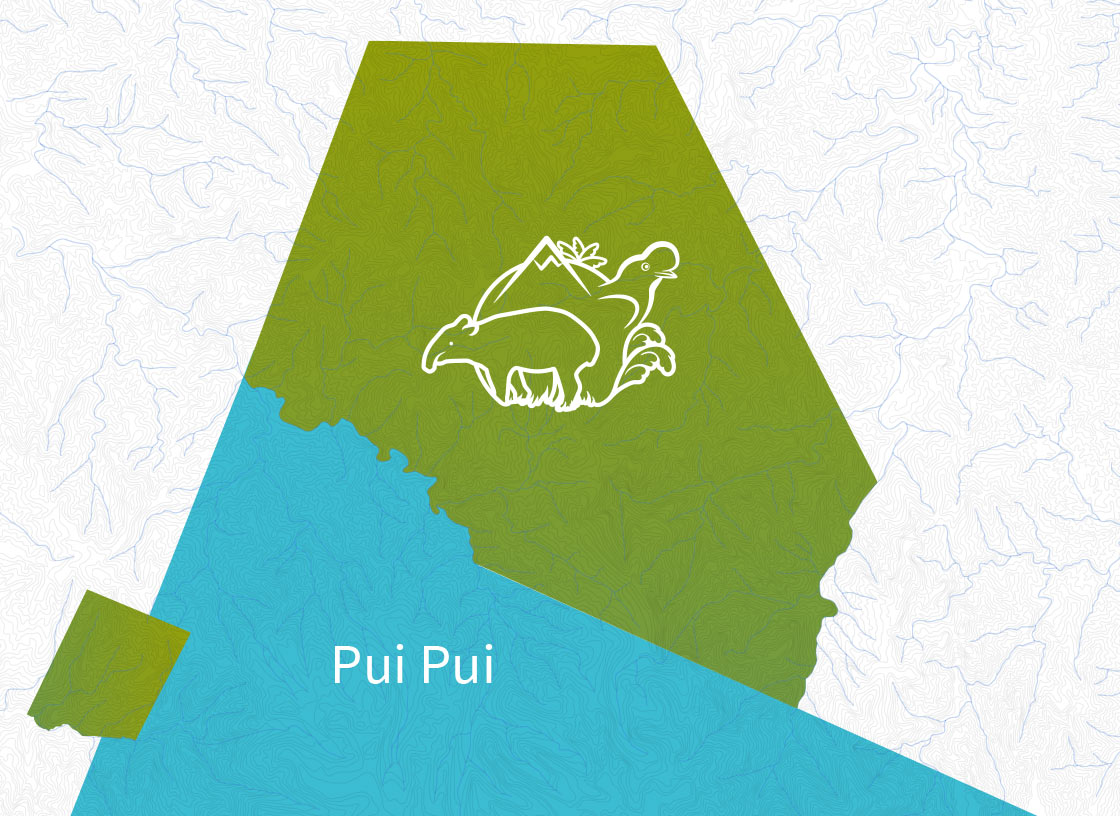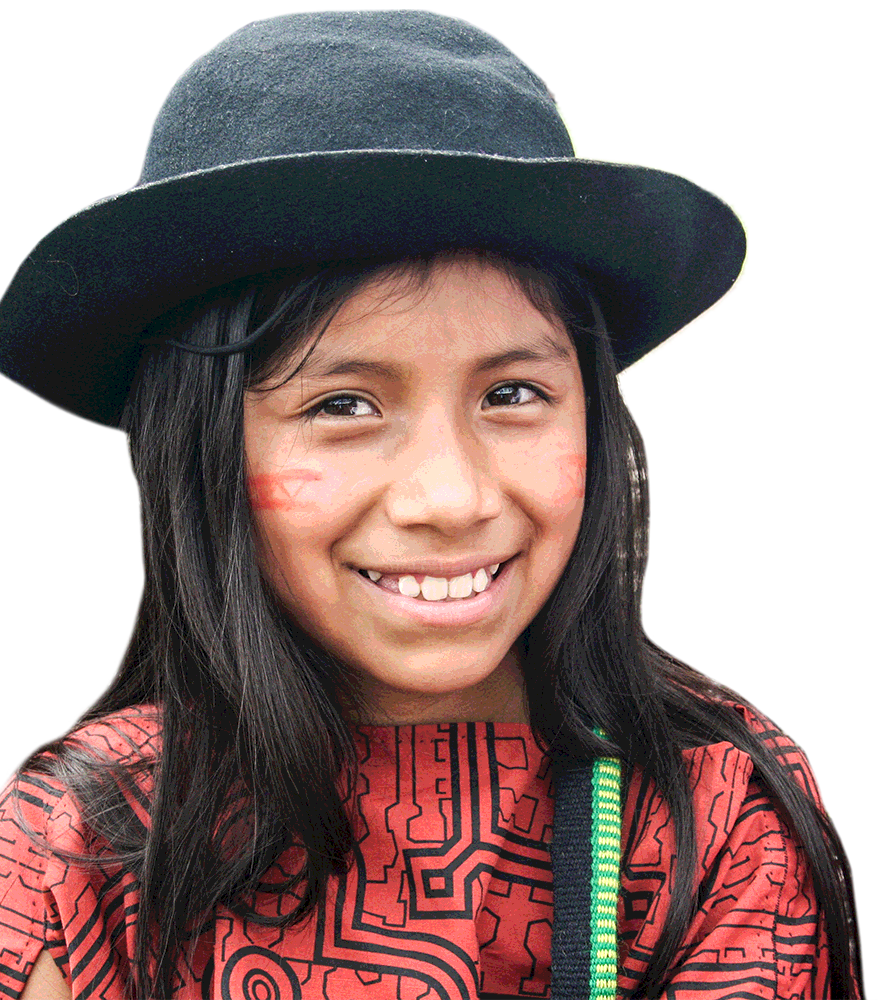Network of hope
The jungle reserve of Mein Regenwald is an important part of a network of nature reserves that protect the last untouched forests in central Peru.
On its own, the Mein Regenwald forest is 20,000 hectares in size. But it is immediately adjacent to the Pui Pui State Nature Reserve, with its 60,000 hectares. So we have created a protected wilderness that is 80,000 hectares in total. That is almost four times the size of the Bavarian Forest National Park and is enough to preserve the forests with their rich biodiversity in the long term, enable a more stable microclimate and protect the habitats of many species in the long term.
Strong together
Mein Regenwald and Pui Pui - that's a strong team. The proximity of two nature reserves is helpful for both. Because where one reserve borders the other, neither forest rangers nor control posts are necessary. This saves money, which can be used to protect forests elsewhere.





